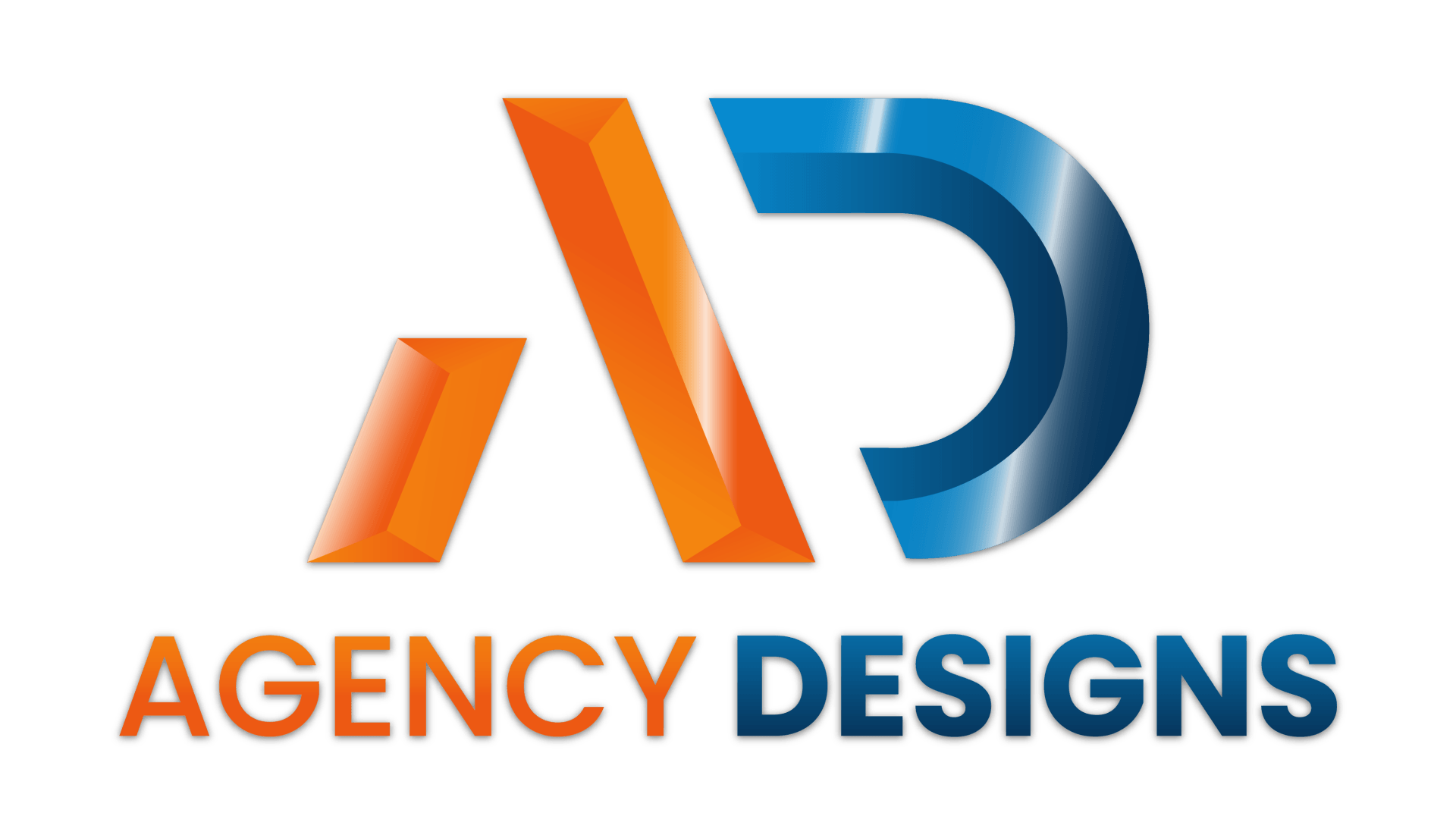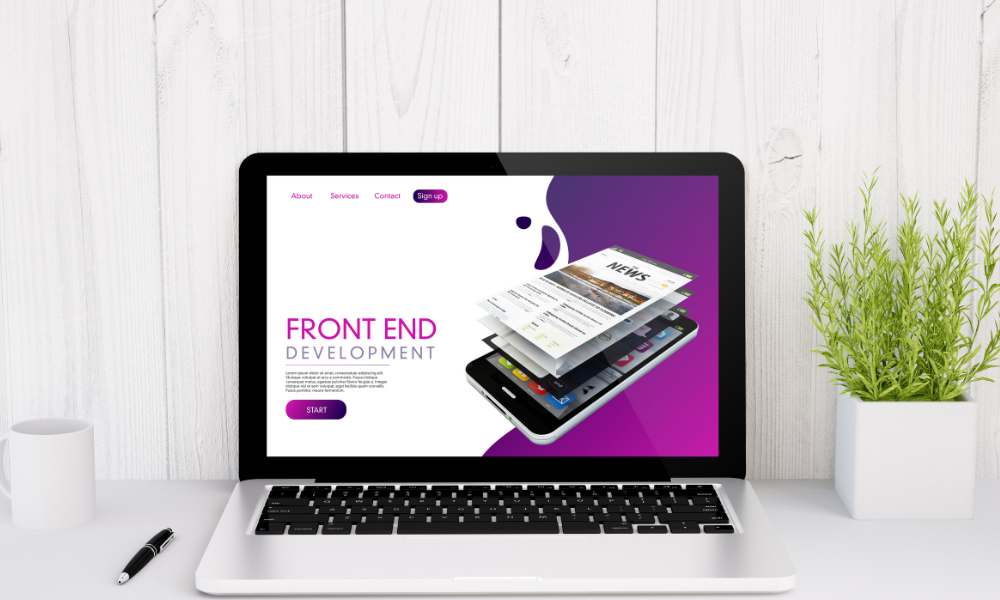Addressing Common Challenges In White Label Web Design Projects

White label web design allows agencies to expand their services without the hassle of building everything in-house. However, these projects come with challenges that, if not addressed, can lead to misunderstandings and stalled progress. Key hurdles include maintaining clear communication and ensuring design quality, all while meeting client expectations.
Agencies aiming for seamless white label web design projects must focus on reducing potential barriers. By understanding common pitfalls and employing solutions, agencies can ensure their projects run smoothly, deliver on promises, and keep clients happy. This proactive approach strengthens the agency's service offerings and enhances client relationships and project outcomes.
Identifying Common Challenges in White Label Web Design
Agencies often encounter several challenges when engaging in white label web design projects. One primary issue is the lack of alignment between the agency and the white label provider. Differences in design standards or client expectations can create tension and slow progress. Agencies might also face difficulties tracking project timelines and ensuring deadlines are met without compromising quality.
Communication breakdowns further complicate matters. Without clear communication, both parties might interpret the project scope differently, leading to frequent revisions and delays. Proper documentation detailing responsibilities and deliverables is crucial for smooth collaboration.
Clarity in communication directly influences project success. Misunderstandings can result in unsatisfactory designs that require extensive rework. Establishing clear communication guidelines helps minimize this risk. Projects are more likely to succeed When the agency and the provider share the same vision and objectives.
Additionally, agencies must face the challenge of maintaining consistent quality across all projects. This is especially tough when juggling multiple projects with different white label providers. Consistency affects client satisfaction, making it vital to set standards that all parties must adhere to.
Ensuring Effective Collaboration and Communication
Effective collaboration and communication are essential for white label web design projects to succeed. Begin by setting up transparent communication channels where all parties can easily share updates and feedback. Regular meetings or video calls can help everyone stay on the same page regarding project developments.
Choose tools that enhance communication and streamline project management. Platforms like Trello or Asana allow teams to collaborate in real time, track progress, and address any issues quickly. These tools keep all team members informed and engaged, minimizing the risk of falling behind schedule.
Additionally, consider using design collaboration tools like Figma or Adobe XD. These platforms enable team members to work on designs simultaneously, providing feedback and making revisions in real-time. This approach supports a more efficient workflow and ensures the project meets the agency's standards.
Set clear expectations from the beginning to avoid miscommunication. Always outline who is responsible for each task and establish deadlines to maintain accountability. This structure allows everyone to understand their role in the project and work towards shared goals.
Establishing a feedback loop is another vital practice. Encourage regular input from both the agency and the white label provider, which allows for timely improvements and adjustments. This loop ensures that any potential issues are addressed promptly, fostering a more cooperative environment.
Maintaining Quality and Consistency in Design
It is crucial for agencies working with white-label providers to maintain the quality and consistency of web designs across multiple projects. Creating a detailed style guide is one effective way to ensure design standards. This guide should outline design elements like color schemes, typography, and layout preferences. A well-defined style guide is a reference for both the agency and the provider, helping maintain a cohesive look across all projects.
Regular design reviews are essential. Set up checkpoints where designs are evaluated for alignment with the client's goals and any agency-specific criteria. This practice helps catch any discrepancies early, saving time and resources for future rework.
It's also vital to involve the client in the design process. Share drafts and gather feedback regularly to ensure the output matches their vision. This ensures the design meets expectations and fosters a sense of ownership and satisfaction from the client.
Agencies should work closely with their white label partners to build a strong understanding of the desired design direction. Open communication channels make conveying specific requirements and preferred aesthetics easier, minimizing the risk of deviations from the expected quality.
Managing Client Expectations and Deliverables
Managing client expectations is vital to any white label web design project. Start by setting clear, achievable project timelines. Estimate realistic timeframes for each project phase and communicate these to your clients. This transparency helps clients understand what to expect and when to reduce anxiety and foster trust.
Creating a detailed project roadmap is another useful strategy. Break down the project into smaller steps, each with specific deliverables. Share this roadmap with your clients so they can track progress alongside you. This clarifies what is being done and makes it easier to manage any changes or delays.
Clients appreciate honesty and transparency. If unforeseen challenges arise that might affect the timeline or outcomes, inform your clients immediately and discuss potential solutions and alternative plans. This proactive approach reinforces trust and ensures that clients remain supportive despite hiccups.
Finally, provide regular updates, even if there are no major developments. Keeping clients in the loop reassures them that the project is moving forward. It's a simple but effective way to enhance the client relationship and emphasize that their project is a priority.
Conclusion
Agencies that address challenges in white label web design projects can greatly enhance the quality and efficiency of their services. By understanding common issues, fostering effective collaboration, and clearly managing client expectations, agencies position themselves for success. These practices not only improve the outcomes of individual projects but also help build a reputation for reliability and excellence in the industry.
At Agency Designs, we understand the intricacies of delivering high-quality white label projects that meet client needs. Our thoughtful approach and commitment to best practices ensure that our clients receive the best results with every project. If you want to elevate your agency's services, consider partnering with Agency Designs for expert
white label web design solutions that drive success.










